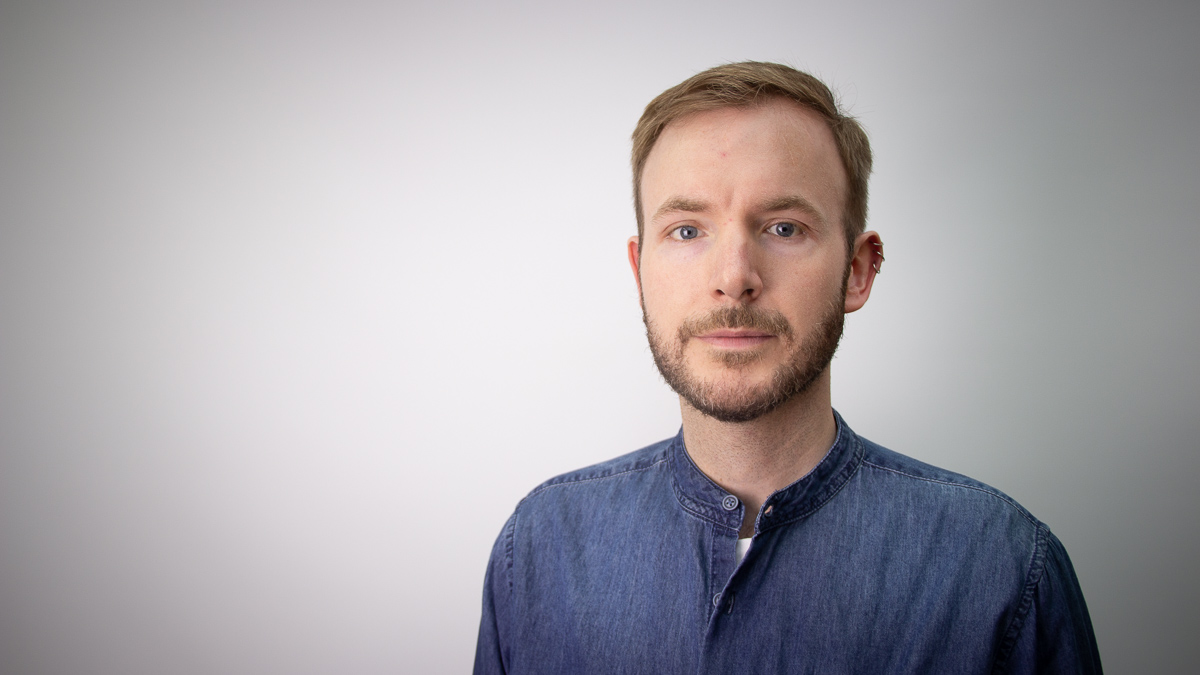Making sense of our connected world

Diamond OA: For a colourful digital publishing landscape
“Who publishes, remains” – at least when the written text is printed by a prestigious publisher. This is especially true in scholarly publishing, where impact factors and the reputation of a journal or publishing house often determine scholars’ careers. Open-access models like “Diamond OA” advocate for a more diverse and colourful publishing landscape. What real impact can projects like these have on the way we publish, particularly in the scientific realm?
For major publishers, this is a lucrative business, and the trend toward Open Access has changed little. Instead of passing costs solely onto readers, authors must now dig into their pockets just to publish. Between 2015 and 2018, scholars paid an estimated over one billion US dollars solely for Article Processing Charges to the five major publishers Elsevier, Sage, Springer-Nature, Taylor & Francis, and Wiley. Additionally, these publishers engage in business with subscriptions, licensing publication workflows, and collecting and analysing data. The latter not only poses a data privacy issue but also jeopardises scientific freedom (see here, here, and here). The publishing landscape is dominated by a few key players, claiming university library budgets. Those who oppose this, whether a scholar or librarian, struggle against the established practices and pressures of academia – often in vain.
Nevertheless, outside of this secluded landscape, there are scholars reclaiming parts of the ground and making the digital ecosystem vibrant, diverse, and accessible to all: no access restrictions, no subscription fees, no Article Processing Charges. This model is called “Diamond OA,” and it is predominantly community-driven publications that refuse to erect artificial access barriers. They value the freedom of independent publishing, experiment with formats and writing processes, and choose their topics freely. Where possible, they also free themselves from economic constraints that commercial publishers face, which often contradict scholarly values. However, the openness of these colourful landscapes usually ends when it comes to distancing themselves from large, economically-oriented publishers and avoiding co-optation.
The costs of digital diversity
Diamond OA also comes at a cost. Scholarly publishing incurs expenses and requires work that needs compensation. In the end, money does play a role, and the question of funding remains. Many Diamond OA journals rely on the voluntary efforts of their scholars: they are affiliated with universities or research institutions, which may assist them with certain tasks and provide software and servers. The exact costs often remain in the dark, budgets are improvised, and often, this works for a while – until it may no longer work.
Why do so many people still accept this? Part of the answer may lie in the self-perception of scholars and their relationship with publishers or journals. Scholars typically do not pursue commercial interests; they primarily aim for the results of their research to be widely disseminated and received. The idea that scholarly publishers or journals share this self-perception as non-commercial entities seems almost naive in light of the realities of scholarly publishing. Nevertheless, this is a scholarly ideal that many likely share. But is the system of science designed to sustainably implement such an understanding of value-driven publishing in the first place? And if so, what would an appropriate model look like?
Accessible to all, paid by everyone
In the context of the entire publication system, the market for scholarly publications is relatively limited. Primarily, it is scholars who read the published content, while academic institutions, mainly universities and their libraries, are responsible for purchasing, licensing, and subscriptions.
The libraries are largely subject to a logic of acquisition that follows economic criteria. It revolves around exchange relationships: a certain sum X is paid to receive a book, a journal, or a journal article in return. Even collective funding models do not entirely escape this logic but distribute the costs for acquiring services or products among a multitude of actors. In the case of Open Access publications, this makes sense since the entire community can read and use them. However, it should be noted that without sufficient funding, Open Access publication will not be feasible.
Yet many Diamond OA publications venues operate differently. Even without secured funding, they typically continue their work, albeit unpaid. Due to the free availability of articles and books without Article Processing Charges (APC) and paywalls, some libraries argue that, for reasons of cost-effectiveness and thrift, they are not allowed to fund Open Access. Whether this is indeed the case seems, as of now, to be uncertain. A thorough legal examination of this issue is lacking, and it is an urgent task to fill this blank space.
Publishing as a project of many
A scholarly publication emerges through the collaboration of various actors: scholars, libraries, and publishers. All three groups are interdependent. Without scholars, there would be no manuscripts and quality control; without publishers, less (or no) visibility; and without libraries, no organised knowledge repositories. Each of these actor groups brings knowledge, experiences, and workflows that, when shared collaboratively, can lead to outstanding results. Instead of truly collaborating, these groups often work independently alongside each other, even though most of them share the same goal: creating high-quality publications under fair conditions. Establishing criteria for high-quality publications and fair conditions is an ongoing process that the involved actors must continuously pursue.
This gives rise to a multitude of questions: How could scholarly publishing be shaped as a collaborative task, challenging the prevailing acquisition logic? Does it require an independent structure, and if so, in what form? How should its governance be designed? The Alexander von Humboldt Institute for Internet and Society has recently launched the project ‘ELADOAH’ in collaboration with the Verfassungsblog to address these issues. Initially, the project will provide an overview of successful models of collaborative publishing. Building on this, the project team will develop ideas and discuss with the involved stakeholders the possibilities and scope of these models. Scholars, library staff, and publishers are invited to think together with the project about an organisational model for a collaboratively-led Diamond Open Access publication infrastructure in Germany that meets the needs of all stakeholders. Only in this way can scholarly publishing truly become a communal project that adheres to values such as cooperation and openness, with commercial interests taking a back seat.
Authors
Evin Dalkilic is Head of Publishing at Verfassungsblog and part of the ELADOAH project team.
Marcel Wrzesinski is Open Access officer and head of the BMBF project ELADOAH.
Further Information
The application for the research project with detailed information has been published on Zenodo: https://doi.org/10.5281/zenodo.10409394
Transparency Note: The authors of this blog post are part of the project team of ELADOAH.
This post represents the view of the author and does not necessarily represent the view of the institute itself. For more information about the topics of these articles and associated research projects, please contact info@hiig.de.

You will receive our latest blog articles once a month in a newsletter.
Open higher education
AI at the microphone: The voice of the future?
From synthesising voices and generating entire episodes, AI is transforming digital audio. Explore the opportunities and challenges of AI at the microphone.
Do Community Notes have a party preference?
This article explores whether Community Notes effectively combat disinformation or mirror political biases, analysing distribution and rating patterns.
How People Analytics can affect the perception of fairness in the workplace
People Analytics in the workplace can improve decisions but may also heighten feelings of unfairness, impacting employee trust and workplace relationships.





